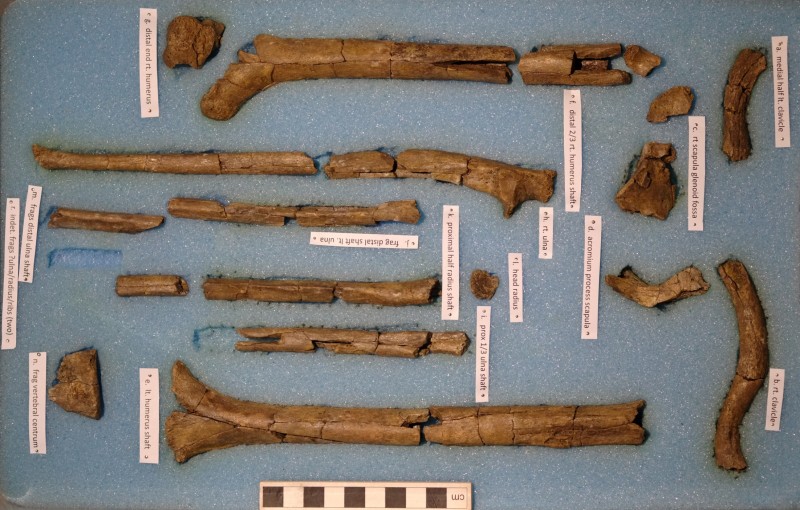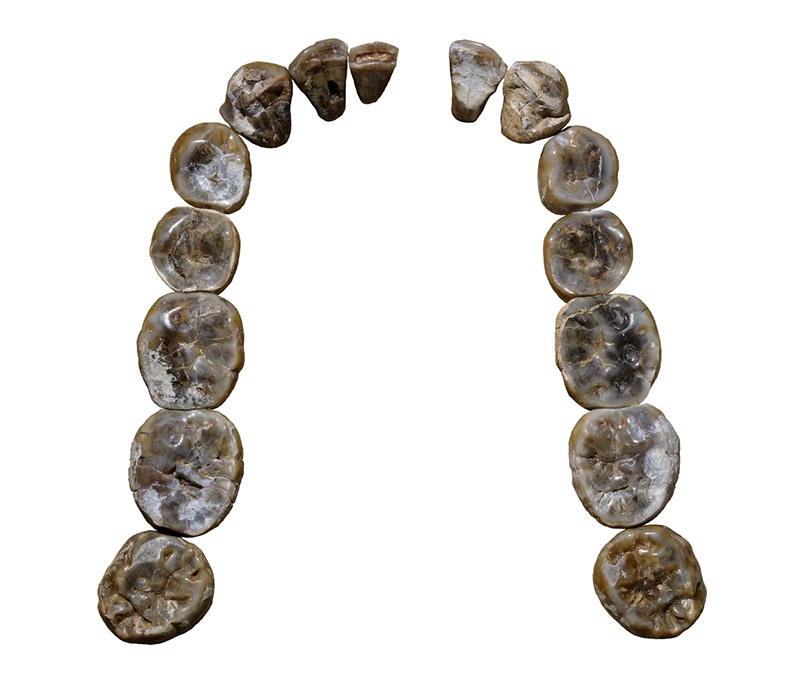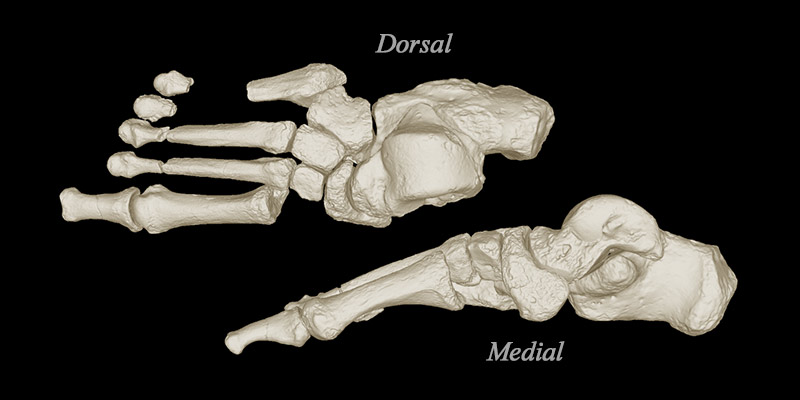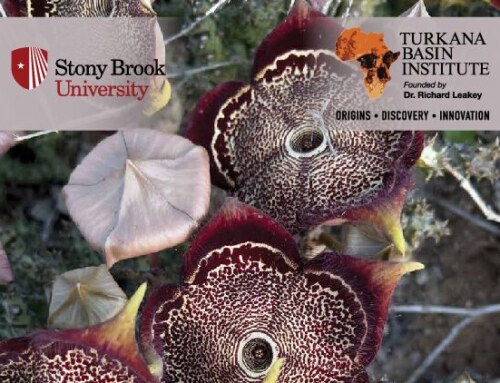Discovered near the village of Ileret (shown on map) in northern Kenya, 3 new hominin individuals were announced on March 27.
New hominin fossils from the Turkana Basin were announced on March 27 at the 2015 annual meeting of the American Association of Physical Anthropologists in St. Louis, MO.
These fossils, representing 3 individuals of the genus Homo, were found near the village of Ileret in northern Kenya. Initially discovered in 2012 and 2013, a team led by Meave Leakey and funded by the National Geographic Society continued to recover additional fossil fragments from these important finds during subsequent field seasons. Excavation and screening at the site known as f25787, where previously four isolated lower teeth and much of the left and right forelimb of an individual were recovered, yielded all but one remaining teeth of the lower jaw of this hominin. “This was extremely exciting,” explains Meave, “as the teeth were very similar to those of the type specimen of Homo habilis from Olduvai, giving us a good taxonomic identification of the specimen.”
At site f26222, a second individual was previously discovered in the form of a number of foot and forelimb bones. Through careful screening and excavation at both sites, three additional foot bones were found.
An abstract of this presentation can be found here, and credits William Jungers (Stony Brook), Frederick Grine (Stony Brook), Meave Leakey (Stony Brook), Louise Leakey (Stony Brook), Frank Brown (University of Utah), Deming Yang (Stony Brook), and Matthew Tocheri (Smithsonian Institution).









